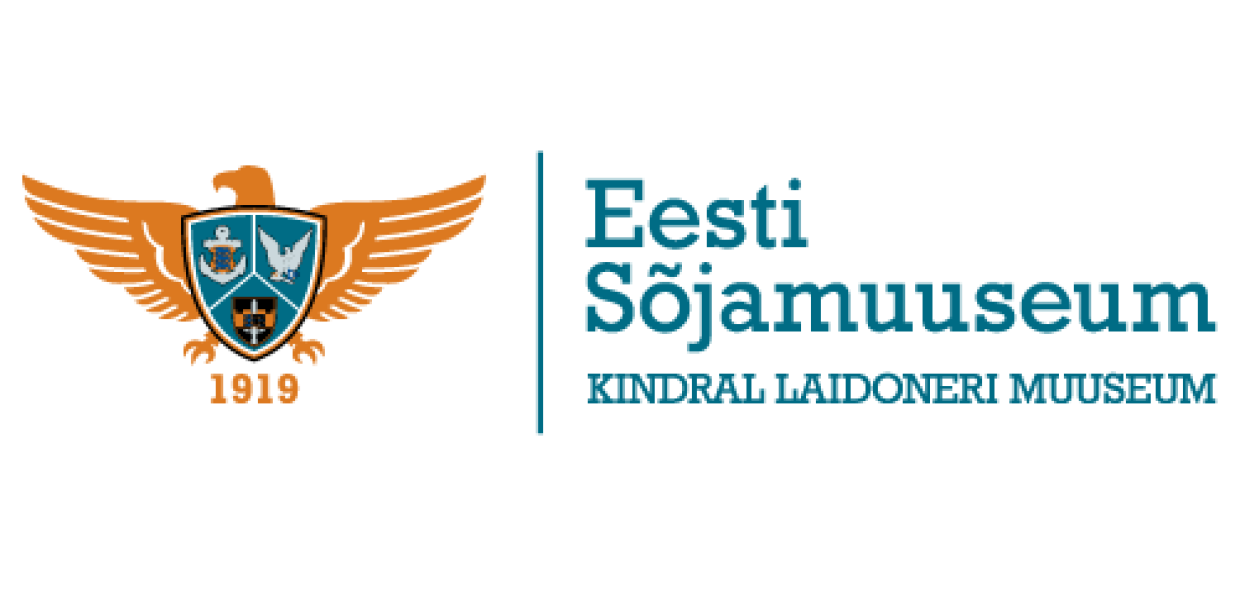About the institution
The Estonian War Museum – General Laidoner Museum is a state-funded memory institution, which collects, preserves, researches and exhibits Estonian military history and heritage.
About the project
The project awarded a Europeana Research grant - ‘Crowdsourcing for cultural heritage’ – aimed to bring together museums, memory institutions, volunteers and crowdsourcing specialists in order to learn about each of their experiences, and answer the question of how cultural heritage can benefit from their joint activities.
The project gave museums the opportunity to take a fresh look at their current activities, both in terms of involving volunteers and what opportunities their own museum collections offer for crowdsourcing. After conducting a survey among museums all over the country, the Estonian War Museum – General Laidoner Museum involved them in a two-day training workshop, with Dr Mia Ridge - Digital Curator at the British Library in London and principal investigator of the project Collective Wisdom. The state of art in cultural heritage crowdsourcing - as instructor. A follow-up seminar took place at the final stages of the project.
The outcomes
The most valuable outcome of the project was an increase in awareness about the nature and possibilities of crowdsourcing. If museums and memory institutions are more confident in developing new crowdsourcing projects, this will also give a positive impetus to the public exposure of several exciting, but so far not digitised and sometimes even not organised collections.
The tangible outcome manifested itself in five crowdsourcing plans developed during the programme, at least some of which are going to be crowdsourcing projects soon. You can download these plans and the report below.

